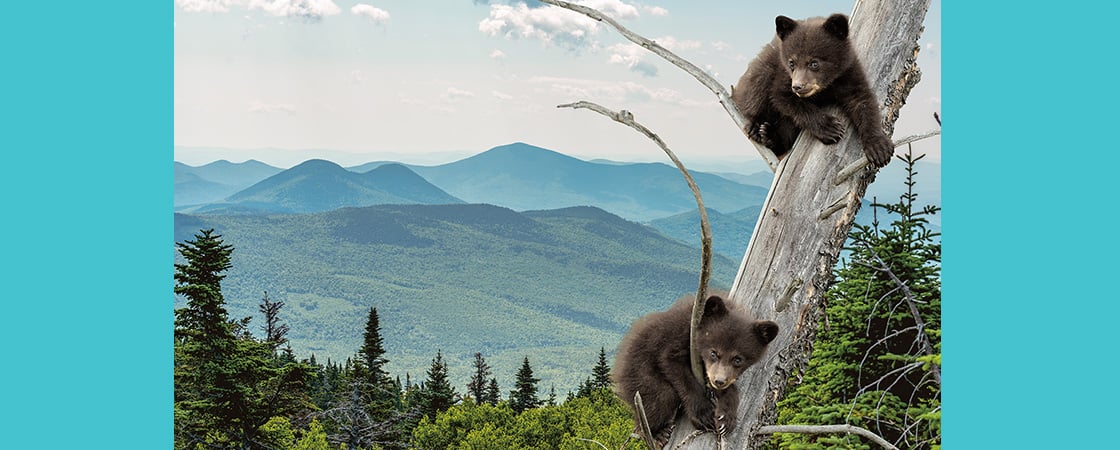It was a crisp, sunny day. Everything seemed calm. Suddenly . . . RING! The sound of the phone filled the Carroll, New Hampshire, police station. The caller had shocking news: A black bear was in the middle of a street!
Police Chief Tadd Bailey raced to the scene. When he arrived, he saw the bear at once. She was pacing from one side of the road to the other. And she wasn’t alone—she had five cubs with her!
Chief Bailey had received calls about bears. But he had never seen a mother and five cubs holding up traffic.
Would Chief Bailey be able to help?
It was a crisp, sunny day. Everything seemed calm. Suddenly . . . RING! The phone rang. The sound filled the Carroll, New Hampshire, police station. The caller had shocking news: A black bear was in the middle of a street!
Police Chief Tadd Bailey raced to the scene. He arrived and saw the bear at once. She was pacing from one side of the road to the other. And she wasn’t alone. She had five cubs with her!
Chief Bailey had received calls about bears. But he had never seen a mother and five cubs holding up traffic.
Would Chief Bailey be able to help?
RING! The phone rang at the Carroll, New Hampshire, police station. The caller had shocking news. A black bear was in the middle of a street! Cars couldn’t pass.
Police Chief Tadd Bailey went to the scene. The bear was walking back and forth across the road. And she had five cubs with her! Would he be able to help?

